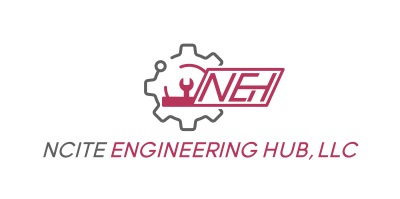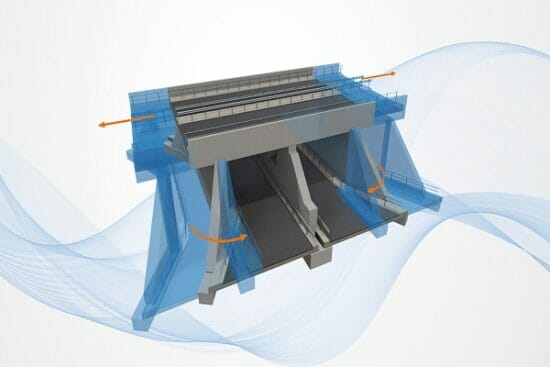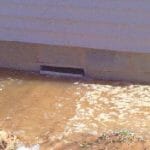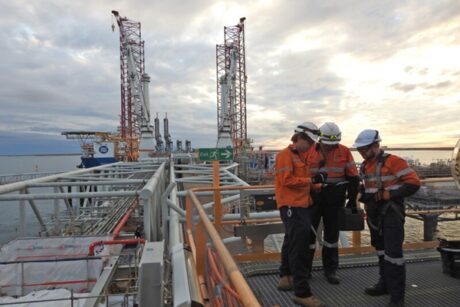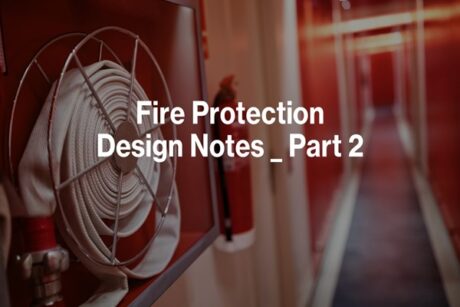- Course No E – 1992
- PDH Units: 2
No data found for Custom Course Number
No data found for Custom Course Units
Intended Audience: Civil & Structure Engineers
Credits: 2 PDH Units
Unique Course offered by top expert on Dynamic Response of Bridges.
Dr. Alan P Jeary AO, DSc(Eng), PhD, FRSN, FIStructE, FAIB, FIEAust, FRMetSIt covers the following: CONTENT OUTLINE
- Quantifying the performance of bridges from measurement to identify weaknesses.
- Bridge design considerations through the ages and it's shortcomings.
- Instabilities caused by wind action, traffic and aging.
- The history of bridge damage and failures .
- Damage detection using advanced methods.
- Bridge maintenance – including loose connections and suspension bridge checking.
- Accurate measure of the natural frequencies and damping of bridges and the risk ratio to quantify damage for bi-annual inspections.
- Practical information about bridge response.
Learning Objectives
At the successful conclusion of this course, you’ll be able to identify and discuss:- On completion of this Webinar the attendee will have a good knowledge of approaches to bridge design and the history of changes to bridge design through the ages, including the response to increased knowledge of bridge behavior and the use of modern design methods such as mathematical models and wind tunnels to add understanding of the potential development of instabilities.
- The Webinar then considers what has caused failures in bridges of various types and the techniques to identify the onset of indicators of damage that may develop to failure modes, and the use of preventive maintenance that will avoid the full development of failure modes caused by ageing, instabilities, overloading and impact from boats.
- The use of measurement of dynamic characteristics will be detailed, as well as the evolution of design to withstand wind forces over the last 70 years. Additionally, the effects of scour on bridges over water are discussed.
- Finally, the real response of bridges in the field is considered, with attention given to various activities that may adversely affect bridges (such as the siting of a new parallel bridge as a replacement).
Once completed, your order and certificate of completion will be available in your profile when you’re logged in to the site.
Ethics Courses
Course No E - 1992
PDH Units: 2

